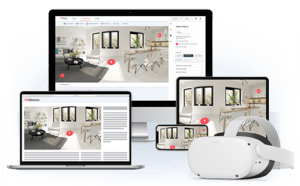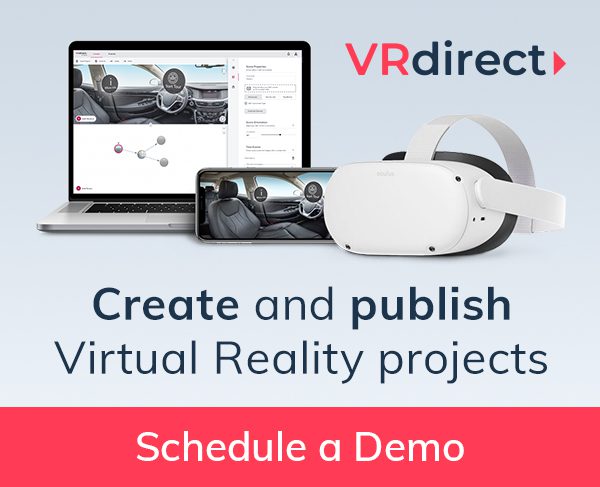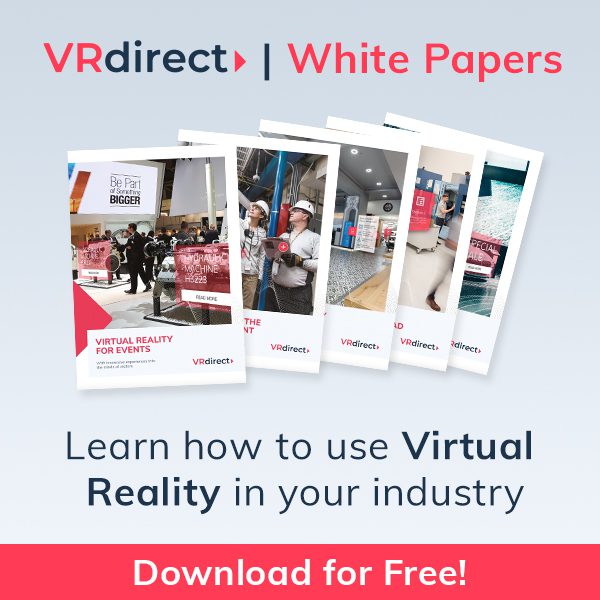Virtual Reality is a groundbreaking technology; there is no doubt about that. And its prowess has revolutionized various industries, including medicine.
In recent years, VR has gained significant attention for its transformative impact on the healthcare industry. It is no longer limited to the realms of science fiction. Moreover, with its immersive capabilities, the education landscape in medicine is improving too, while opening new avenues for research.
In this blog, we delve into the application of VR in medicine, exploring its emerging importance and how it is reshaping the nature of medical treatments and education. Without further delay, Let’s dive deeper into the world of VR in medicine and uncover its profound implications for the future of healthcare.
VR in Medical Education:
Training
VR simulations allow students to engage in hands-on training without putting real patients at risk. It does so by immersing students in realistic 3D scenarios, aspiring healthcare professionals to practice procedures, refine their diagnostic skills, and improve their decision-making abilities.
From surgical simulations to virtual patient encounters, VR empowers medical students to learn in a safe, controlled environment, fostering confidence and competence.
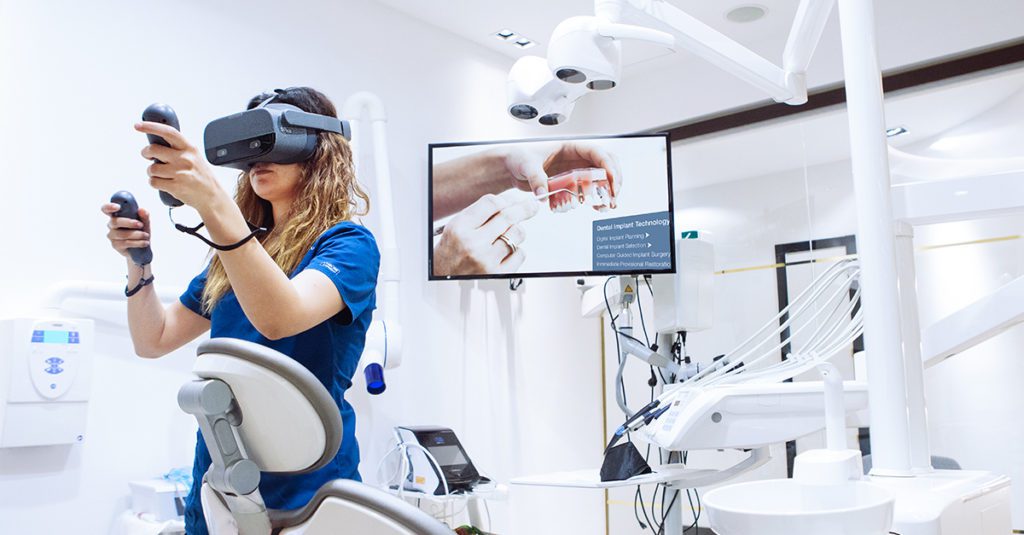
Eventually, it will create a much more job-ready workforce. And in times when the world is facing unprecedented turmoil, natural and man-induced, we will need more doctors and medical practitioners. And looking at how VR is changing things today, it will have a significant role to play.
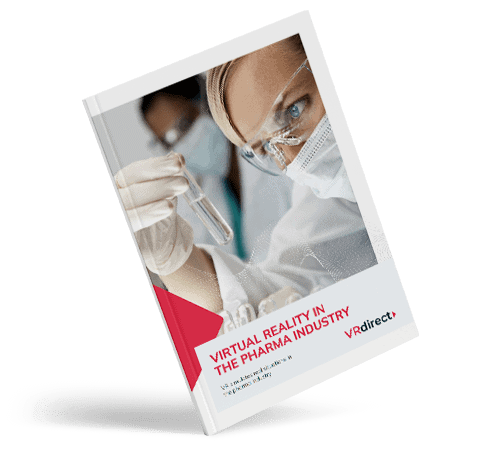
Collaborative Learning:
Besides, VR is enabling collaborative learning experiences in medical education. Today, thanks to VR, students from different parts of the world can connect virtually and engage in simulated medical scenarios together.
This VR-powered global approach to medical education not only exposes students to diverse perspectives but also promotes cross-cultural collaboration and knowledge sharing.
Now let’s see how the tech is being applied in real-life scenarios, supported by use cases.
Application of VR in Different Medical Specialties
1. Patient Education and Empowerment:
Understanding medical conditions and treatment options is a challenge for many patients and creates a sense of anxiety and aversion to treatment, but not anymore.
VR is bridging this gap by offering immersive and interactive educational experiences. Patients are now able to visualize their medical conditions, explore the human body in 3D, and gain insights into their treatment plans through VR-based patient education tools.
It empowers patients to make informed decisions about their healthcare, enhances their understanding of medical procedures, and improves overall compliance and engagement with the treatment-anxiety reduced if not gone completely.
Moreover, VR-based patient education promotes active involvement in the healthcare process, fostering a sense of empowerment and better patient outcomes.
2. VR for Pain Therapy:
In the field of pain therapy, VR provides a non-pharmacological approach to managing acute and chronic pain. How does this happen?
So, by immersing patients in soothing and immersive virtual environments, VR distracts them from their pain, reduces anxiety, and enhances overall well-being.
From calming beach scenes to serene natural landscapes, VR can transport patients to a world free from discomfort, promoting relaxation and pain relief. This ability of VR to teleport people into distant places has been understood and exploited by the tourism industry pretty well, which you can read about here, later.
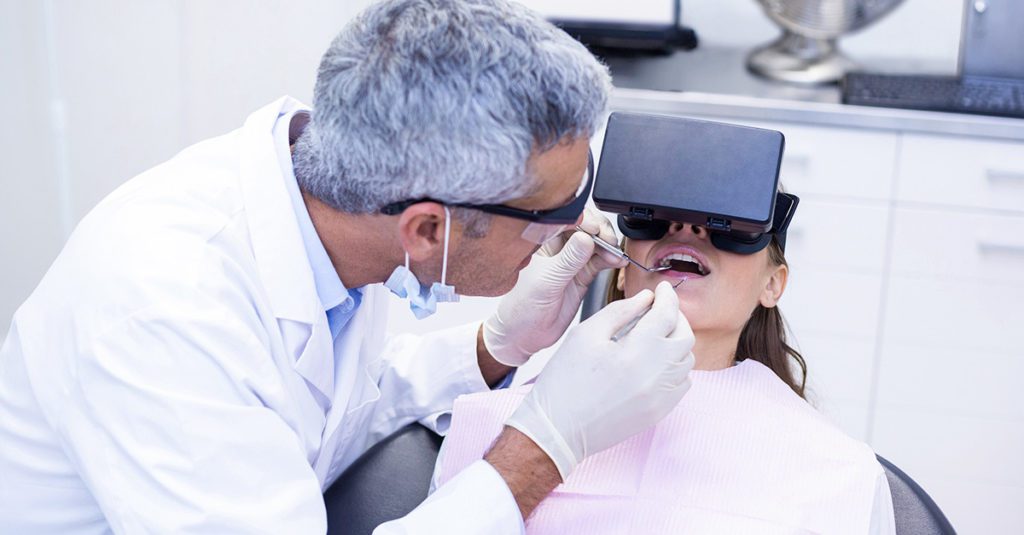
3. VR for Mental Health:
Furthermore, VR has found applications in mental health, offering innovative therapeutic interventions. Today your therapist can create a virtual scenario that exposes patients to an anxiety-inducing situation, but of course in a controlled manner.
It is called – Virtual Exposure Therapy. Through this, individuals with phobias or post-traumatic stress disorder (PTSD) can confront their fears gradually. These VR-constructed environments can be tailored to simulate various scenarios, such as fear of heights, public speaking, or crowded spaces, allowing patients to face their anxieties safely. Gradually but eventually, VR can desensitize and promote mental health recovery.
The USC Institute for Creative Technologies uses VR to provide PTSD therapy with their BRAVEMIND VR Exposure Therapy software. This evidence-based approach, based on exposure therapy, involves trained therapists guiding patients to confront trauma memories through retelling their experiences. Experts endorse this method as a treatment for PTS.
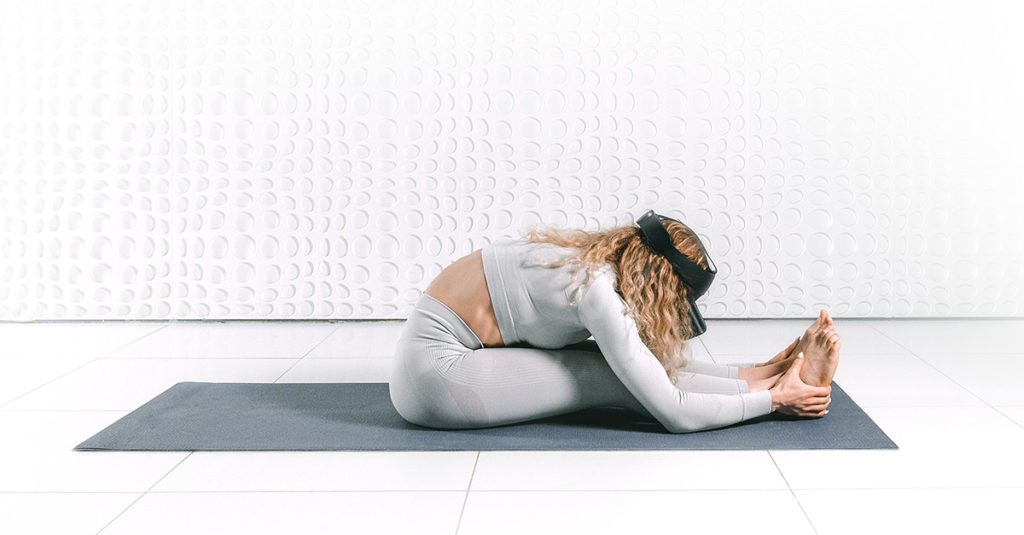
4. VR in Surgeries:
Before carrying out the surgery, a surgeon does preoperative planning, i.e., medical imaging to visualize complex anatomical structures and plan surgical procedures in detail.
But now, with VR at their disposal, surgeons can now see medical imaging data in 3D, allowing them to explore the patient’s anatomy even before entering the operating room. Not only it enhances surgical precision, but fortifies patient safety, and reduces surgical risks.
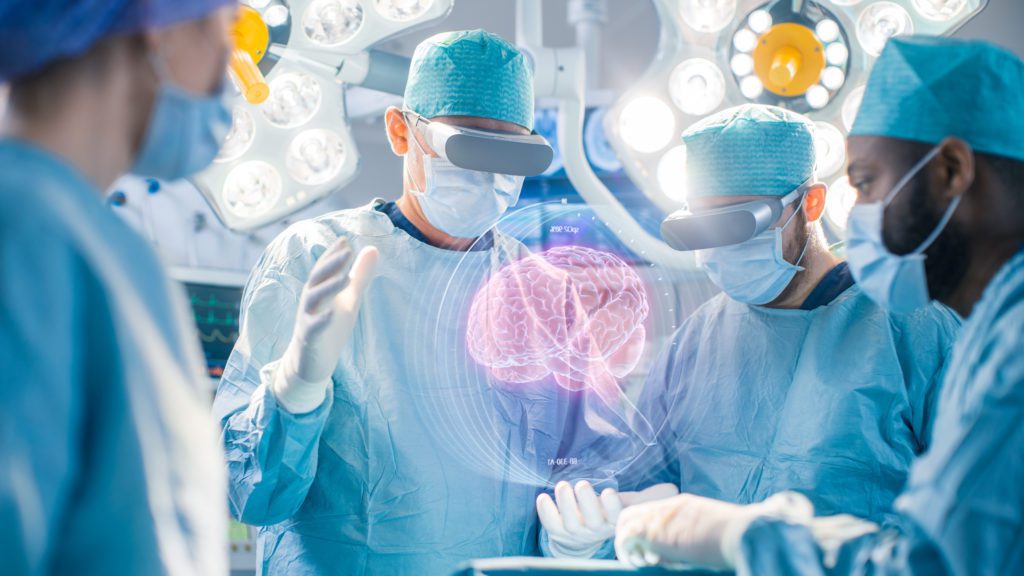
Read this article about VR and surgical training here.
5. VR in Physical & Cognitive Rehabilitation:
VR serves as a valuable tool for both physical and cognitive therapies. Patients recovering from injuries or surgeries can now engage in virtual activities that simulate real-world scenarios.
These virtual experiences help promote motor skills development and functional recovery. For example, a stroke patient can use VR to practice movements and regain mobility in a safe and controlled environment. In short, by providing an interactive and engaging platform, VR accelerates the rehabilitation process and enables patients to regain independence more effectively.
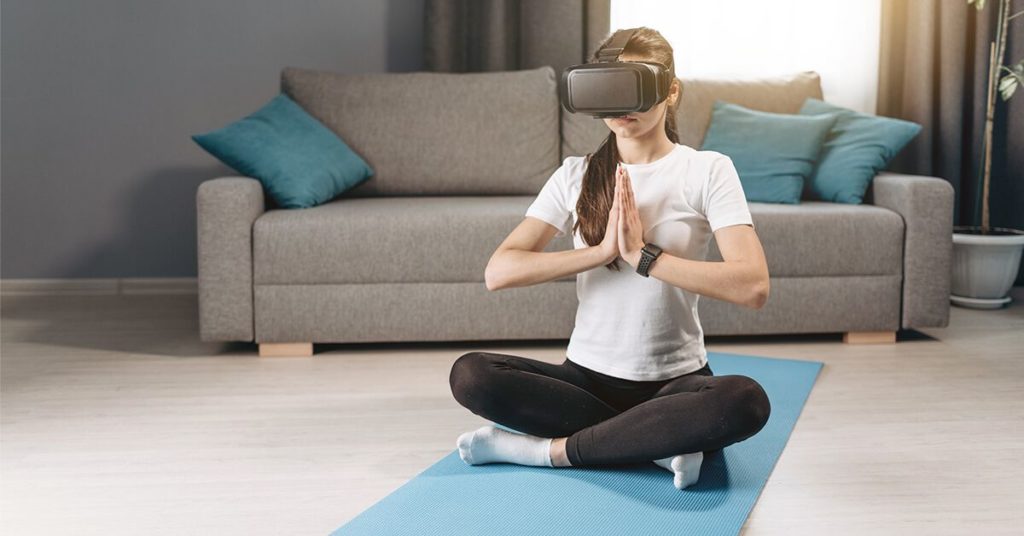
6. Geriatric Care and Cognitive Stimulation:
VR offers cognitive stimulation programs for elderly individuals, promoting mental acuity, memory, and overall cognitive function. Since VR requires little to zero physical excursion, it makes the tech very suitable for the aged. The programs are made engaging and interactive and tailored to the specific needs and abilities of older adults. As a result, we see an enhanced quality of life and cognitive well-being in our older generation.
For instance, one of the most common mental disorders in older people is Dementia which VR can reverse soon.
In fact, in 2019, the University of Kent in the UK conducted a study on virtual reality therapy’s impact on eight dementia patients. Using VR headsets, these patients explored virtual environments. As a result, they showed recollection of old memories, reduced aggression, and improved interactions with caregivers.
Dr. Jim Ang, Ph.D., emphasized the significant potential of VR to enhance the quality of life for dementia patients, their families, and caregivers. Participants also praised the VR experience, with one even finding inspiration to create art weeks later. While further studies are needed for validation, the initial findings show promising prospects for VR in dementia treatment.
7. Telemedicine and Remote Consultations:
In the era of telemedicine and remote consultations, VR has the potential to revolutionize patient-doctor interaction. VR technology enables more immersive and realistic telepresence, allowing physicians to engage with patients remotely as if they were physically present.
This immersive experience enhances the communication between doctors and patients, facilitating better diagnosis, treatment planning, and follow-up care. Additionally, VR can provide virtual training for healthcare professionals in remote locations, bridging the gap in medical expertise and improving access to quality healthcare worldwide.
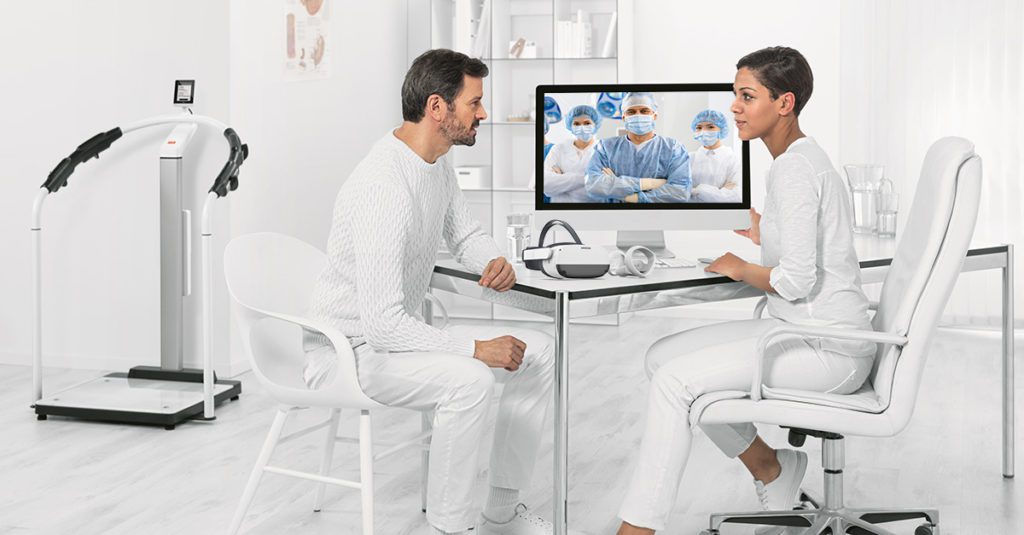
8. Research:
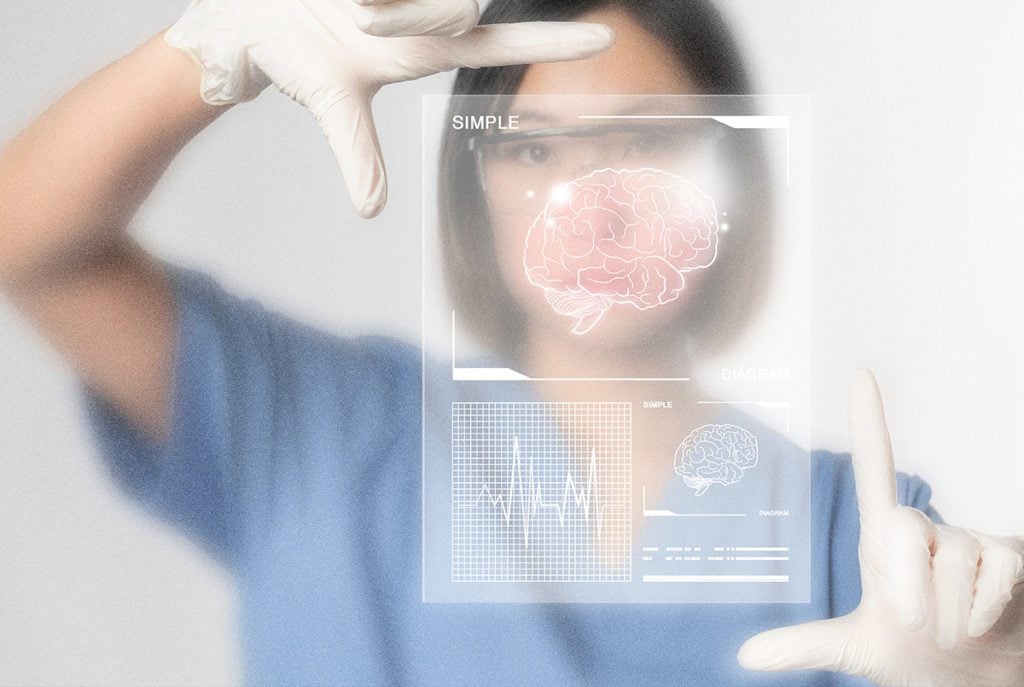
The future of VR in medicine holds great promise. The integration is a game changer. And as you read this blog, possibly somewhere, someone just unraveled a VR’s new possibility in the healthcare domain.
Clearly, from improving medical education to better patient outcomes, facilitating innovative research, and providing patients with better insights into their treatments, VR offers unprecedented possibilities.
Rest assured, with its ability to enhance medical education, precise treatments, and improved patient outcomes coupled with ongoing research and innovation, and giant strides made each day, the future of VR in medicine looks exciting and is sure to reshape healthcare for years to come.
If you also want to know how you can use VR in your institution, schedule a demo with us!
